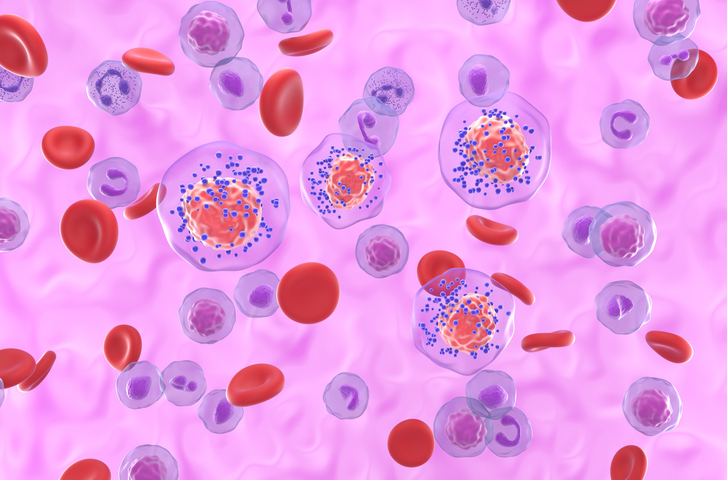
In the phase II SYSUCC-005 trial, researchers explored the effectiveness of switching treatment modalities after development of resistance to human epidermal growth factor receptor 2 (HER2) blockade therapy in patients with HER2-positive breast cancers. The study’s first author, Fangfang Duan, reported that “switching mode showed predominant efficacy, which might be a prior therapeutic option over continuing mode in subsequent anti-HER2 therapy for patients with HER2-positive refractory metastatic breast cancer.”
The study, published in BMC Cancer, included a total of 159 patients with HER2-positive metastatic breast cancer that was progressing aggressively before trastuzumab treatment. Patients were switched to either oral lapatinib 1,250 mg once per day continuously plus oral capecitabine or vinorelbine in cycles of 21 days. The primary endpoint of the investigation was the rate of progression-free survival (PFS).
Over a median follow-up of 33.1 months, the researchers observed a median PFS of 8.5 months among the participants. They also reported that brain metastases (hazard ratio [HR] = 1.582; 95% confidence interval [CI], 1.019–2.453; p = 0.041) and two or more metastatic sites (HR = 1.679; 95% CI, 1.151–2.450; p = 0.007) were both confirmed as independent prognostic factors for PFS. Lastly, the most commonly recorded grade III or higher adverse events were diarrhea (3.8%) and hand-foot syndrome (9.4%).
Ultimately, the study’s authors concluded that “HER2 blockade switching mode with lapatinib might be a prior therapeutic option over continuing mode with trastuzumab beyond progression during prior trastuzumab-based regimens” after their judgement of its “satisfactory” efficacy for patients with trastuzumab-refractory HER2-positive metastatic breast cancer.







 © 2025 Mashup Media, LLC, a Formedics Property. All Rights Reserved.
© 2025 Mashup Media, LLC, a Formedics Property. All Rights Reserved.